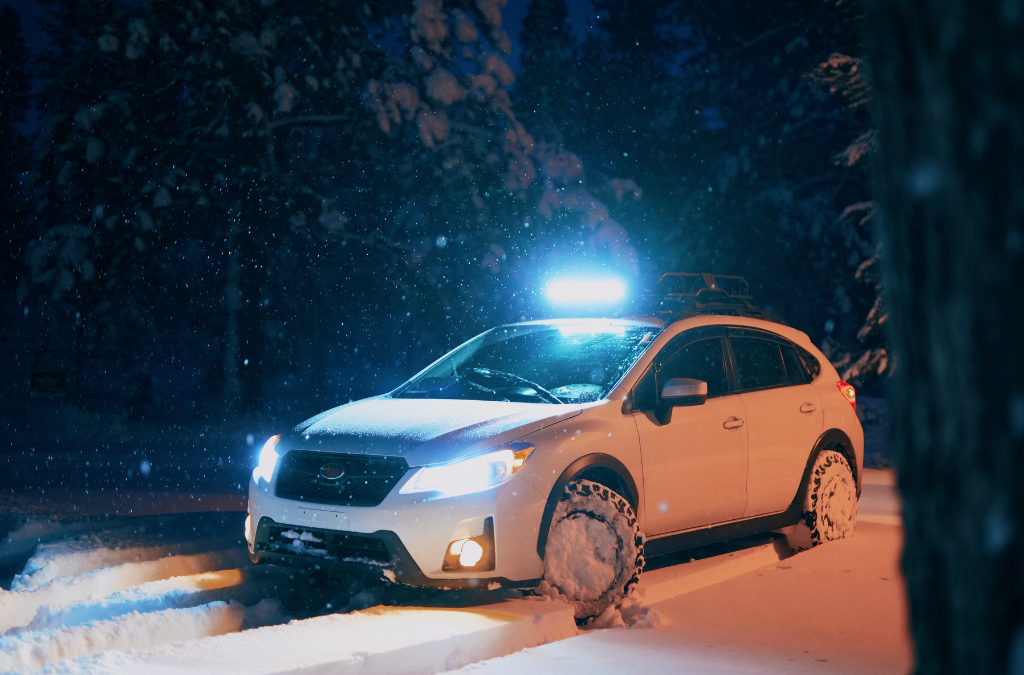- Maintenance during the cold season is essential to extend the life cycle of the vehicles.
- A basic maintenance should include a complete revision of the four filters and the oil.
With the drop in temperatures, vehicles require extra attention to function correctly. Preventive maintenance and adequate inspections can extend the life of the vehicle, and avoid unexpected breakdowns.
There are a series of elements that are more susceptible to mechanical failure in Winter, either due to the cold or if a tune-up may be needed to maintain safety behind the wheel.
Here are the points:
1. Tires
In Winter, temperatures drop and it snows and rains more frequently, so it is common to find wet or even icy or snowy asphalt when we drive. If they do not have the correct pressure or the tread pattern is worn, they can lose grip, so checking the tires is essential at this time to avoid accidents.
2. Drums
Low temperatures can increase the possibility of discharge. Normally the battery does not need more maintenance than changing it at the end of its useful life (every 3 to 5 years). On these dates, it is best to replace it at the slightest symptom.
3. Lighting
The lighting system must work perfectly in winter since much of the time behind the wheel is spent, in low-light conditions. Therefore, it is necessary to verify that all the headlights turn on and adjust the height of the dipped and main beams.
4. Antifreeze liquid
Checking the level and color of the liquid is a great way to detect its effectiveness. If the liquid has a bright color, be it yellow, red, or green (there are different colors), we can be quite sure that it is in optimal condition. If it has a more translucent or dirty color, it is an unequivocal sign that it has deteriorated.
5. Wiper blades and windshield washer fluid
Driving on a rainy day with a blade in poor condition that leaves a blurred halo on the windshield is really uncomfortable and dangerous. You have to make-sure that the brushes are in good condition and that there is enough liquid to clean the glass when necessary.
6. Air-conditioning system
It is key to reducing condensation in the passenger compartment and demisting the windows, so its correct operation during this season is crucial. It is important to check that it works in perfect conditions to combat the cold and have the maximum possible visibility.
7. Heated rear window
Its function is to eliminate condensation and steam that accumulates in the rear, improve visibility when reversing, watch for oncoming cars and when you change lanes.
8. Suspension and brakes
These are two key elements for the stability of the vehicle, and the safety of its occupants. The shock absorbers should be checked every 30,000 kilometers, like the brake system. The brake fluid level should be changed between 40,000 and 60,000 kilometers.
A poor condition of these components translates into longer braking and an increased chance of having an accident.
9. Oil level
Lubricants minimize the wear of engine parts, channel the metal particles arising from this wear towards the filter, and help to cool and prevent tiny leaks in the circuit due to their sealing properties. In addition to replacing, it when indicated by the manufacturer (between 5,000 and 30,000 kilometers, depending on the model) its level must be checked frequently and always before a long trip.
After reading this, do you think your vehicles are ready for winter? Check with our experts and avoid unexpected complications during the festive season or at the beginning of the year.
Get in touch with us!
☎️ (416) 757-5671
📧 service@bdsfleet.ca
📍390 Midwest Road, Toronto, Ontario, M1P 3B5.
Our shop will be open until December 23 at noon. Check our special hours here.
If you found this note interesting, we invite you to share it with your friends and colleagues.


